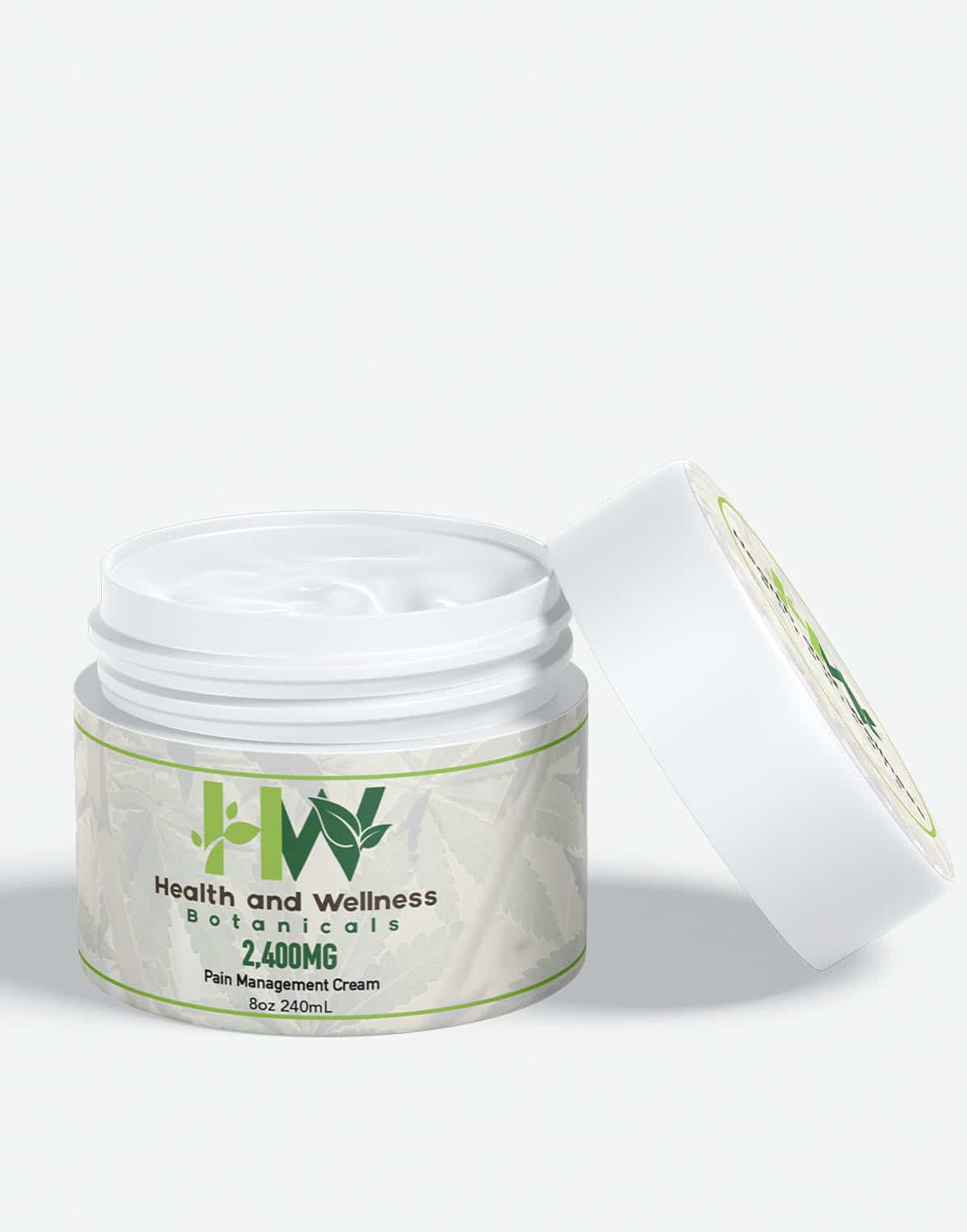Experience Efficient Pain Relief With Topical Hanker Instant Convenience
In the world of pain administration, topical lotions have actually become a popular selection for providing remedy for different pains. These creams use a targeted strategy to relaxing pains and pains, making them a hassle-free option for those seeking split second comfort. Comprehending just how these creams work, the best techniques for application, and picking the best item can considerably affect their effectiveness. There are vital considerations concerning possible side impacts and safety measures that people need to be aware of before including topical lotions right into their discomfort alleviation regimen. By checking out the subtleties of topical discomfort relief, people can make educated choices regarding their convenience and well-being.
Advantages of Topical Pain Alleviation

Furthermore, topical lotions can supply an air conditioning or warming up experience that helps sidetrack from the pain, providing a dual-action method to managing discomfort. These lotions are also practical and easy to use, enabling individuals to target details areas as needed. Moreover, lots of topical discomfort alleviation lotions are developed with all-natural ingredients like menthol or capsaicin, offering a more alternative and potentially safer option to standard discomfort monitoring methods.
How Topical Creams Work
Using a special transdermal delivery system, topical discomfort alleviation lotions effectively pass through the skin to target the details location of pain. The energetic components in these creams, such as capsaicin, lidocaine, or menthol, work by blocking pain signals from reaching the mind. When used to the skin, these active ingredients engage with nerve closings to supply alleviation from pain and inflammation.
The transdermal shipment system allows the energetic ingredients to bypass the digestive system, which can decrease the absorption of pain relief medications taken by mouth. By directly targeting the affected area, topical creams offer faster alleviation with reduced systemic absorption, lowering the risk of adverse effects compared to oral medicines.
Furthermore, the application of topical creams develops a local result, reducing the direct exposure of various other healthy and balanced tissues to the medicine. This targeted strategy enhances the effectiveness of the discomfort alleviation process while minimizing the probability of damaging reactions in other parts of the body. On the whole, the device of action of topical pain relief lotions provides a convenient, effective, and local option for taking care of discomfort.
Ideal Practices for Application
To optimize the effectiveness of topical pain relief lotions, appropriate application techniques are essential for achieving optimum discomfort alleviation advantages. It is vital to cleanse and dry the affected area prior to applying the cream. This action guarantees that the skin is without any kind of dirt, oils, or creams that can create an obstacle in between the skin and the lotion, preventing absorption.
When applying the lotion, it is very important to use additional hints clean hands or gloves to stop contamination. A pea-sized quantity is usually enough to cover a small area, while larger areas might call for somewhat extra. Gently massage the lotion into the skin using circular movements till it is fully taken in. Prevent using the cream near open injuries, mucous membranes, or eyes unless defined by the item guidelines.
After application, wash your hands completely to eliminate any kind of recurring lotion and prevent accidental call with delicate areas. It is suggested to wait for the lotion to dry prior to covering the location with clothing to stop staining (pain cream). Complying with these finest practices will make sure that you experience the complete advantages of the topical discomfort alleviation cream

Choosing the Right Topical Lotion
Picking a suitable topical discomfort alleviation lotion customized to your certain requirements and choices is have a peek at these guys a vital action towards effective discomfort administration. Recognize the type of discomfort you are experiencing, whether it is muscle soreness, joint pain, joint inflammation, or swelling, as various lotions are created to target specific kinds of pain. Additionally, take right into account the cream's strength and the period of discomfort relief it provides.
Possible Adverse Effects and Preventative Measures
Having picked a proper topical pain relief lotion customized to your particular needs and preferences, it is important to now consider the prospective side impacts and precautions connected with its use. While topical creams are normally thought about reliable and secure for soothing discomfort, it is crucial to be conscious of possible negative responses that might occur.
When utilizing topical pain alleviation creams,Precautions ought to likewise be taken. It is critical to follow the suggested dose and application directions provided by the manufacturer. Stay clear of applying the lotion to open wounds, busted skin, or mucous membrane layers. In addition, individuals with recognized allergic reactions to particular components must thoroughly review the item's label prior to use to stop a sensitive reaction (pain cream).
Prior to including a topical discomfort alleviation lotion into your discomfort administration routine, talk to a healthcare expert, specifically if you have underlying medical conditions or are taking various other medications. By being informed and her latest blog mindful, you can maximize the advantages of topical discomfort relief while reducing the threat of potential side results.
Conclusion
In conclusion, making use of a topical lotion for discomfort alleviation offers many advantages, such as targeted alleviation and very little side results. When selecting a topical lotion, consider elements like the kind of pain and active ingredients utilized.

To optimize the performance of topical pain relief creams, appropriate application techniques are necessary for achieving optimum discomfort alleviation benefits.Picking a proper topical discomfort relief lotion customized to your details needs and choices is a crucial step in the direction of efficient pain monitoring. Determine the kind of discomfort you are experiencing, whether it is muscle soreness, joint discomfort, joint inflammation, or swelling, as different lotions are formulated to target specific types of pain.In verdict, using a topical cream for discomfort relief supplies numerous advantages, such as targeted relief and very little side effects.




